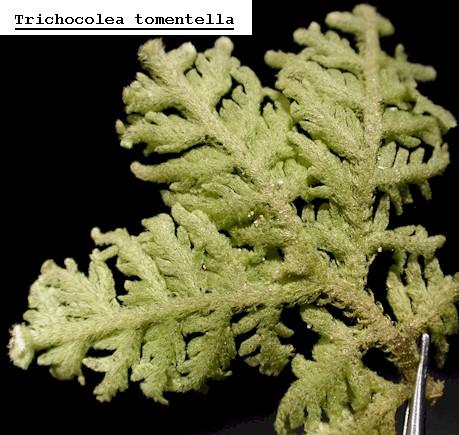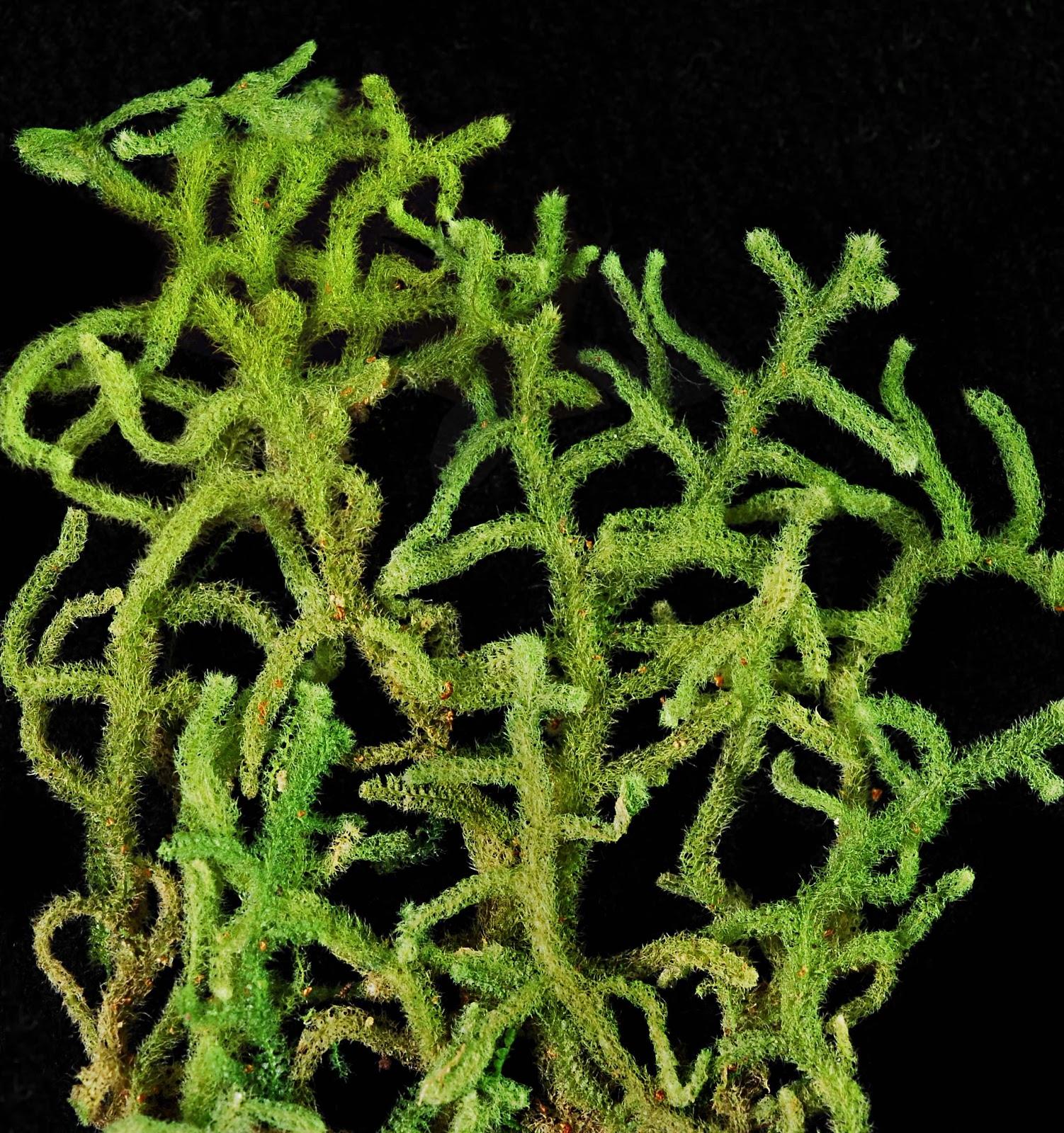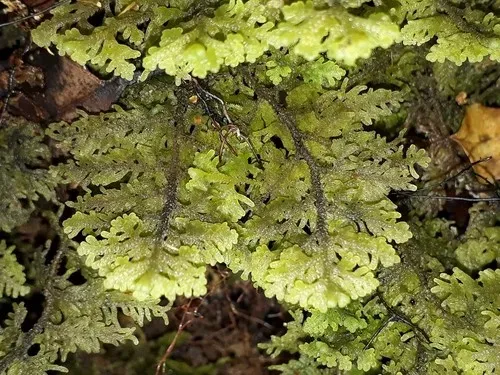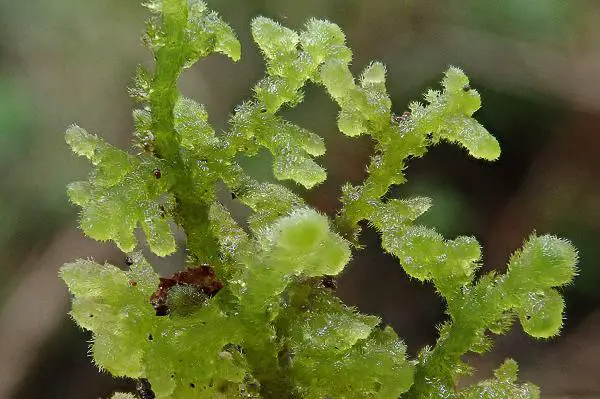
Trichocolea.jpg from: https://plantasdepuertorico.blogspot.com/2017/02/hepatica-trichocolea-sps.html
Exploring the Fascinating World of Trichocolea brevifissa Steph. Moss
Introduction
Mosses are some of the most ancient and resilient plants on Earth, having evolved over 400 million years ago. One particularly interesting species is Trichocolea brevifissa Steph., a moss belonging to the Trichocoleaceae

Trichocolea+tomentosa++562+JBA_7898.jpg from: https://moveclim.blogspot.com/p/guadeloupe_15.html
family. In this blog post, we’ll take a closer look at this fascinating plant, from its unique morphology to its global distribution and ecological roles. Get ready to dive into the miniature world of Trichocolea!
Background
Trichocolea brevifissa Steph.

153999978040131602.jpeg from: https://www.picturethisai.com/de/wiki/Trichocolea_mollissima.html
is a species of leafy liverwort, which are non-vascular plants in the division Marchantiophyta. Liverworts are the most ancient lineage of land plants, predating the evolution of true mosses. Trichocolea belongs to the order Jungermanniales, which contains over 85% of liverwort species.

Trichocolea-tomentella.jpg from: https://www.britishbryologicalsociety.org.uk/learning/species-finder/trichocolea-tomentella/
Morphology and Identification
One of the most striking features of T. brevifissa is its delicate, feather-like appearance. The leaves are deeply divided into hair-like segments, giving the plant a fluffy texture. The stems can reach up to 10 cm long and are irregularly branched.
Trichocolea is dioicous, meaning male and female reproductive structures are found on separate plants. The male plants produce antheridia, while female plants have archegonia. Sporophytes are rarely produced.
Identifying T. brevifissa in the field requires a keen eye and a hand lens or microscope. Look for the characteristic feathery leaves and creeping growth habit on moist, shaded substrates like rocks, logs, and soil banks.
Global Distribution and Habitat
Trichocolea brevifissa has a wide global distribution, found on every continent except Antarctica. It is most common in tropical and subtropical regions, but can also be found in temperate forests.
This moss prefers humid, shaded habitats with high moisture availability. It often grows on stream banks, waterfalls, and dripping cliffs, where it can stay constantly moist. In cloud forests, Trichocolea can form dense mats on tree trunks and branches, taking advantage of the frequent mist and fog.
Ecological Roles and Adaptations
Like other bryophytes, T. brevifissa plays important roles in its ecosystem:
- Moisture retention: The dense mats help trap and slowly release water, regulating humidity
- Nutrient cycling: As it grows and dies, Trichocolea adds organic matter to the soil
- Microhabitats: The fluffy foliage provides shelter for tiny invertebrates
- Bioindicators: Trichocolea is sensitive to air and water pollution, so its presence indicates a healthy environment
To thrive in its moist habitats, T. brevifissa has several key adaptations:
- Rapid water uptake: The highly divided leaves have a large surface area to quickly absorb water
- Capillary action: Water moves easily along the stem and leaf surfaces
- Desiccation tolerance: Trichocolea can survive periods of drying out by going dormant
Conclusion
Trichocolea brevifissa Steph. may be small, but it is a remarkable and important part of many ecosystems around the world. From tropical cloud forests to temperate stream banks, this ancient plant has adapted to thrive in moist, shady habitats.
The next time you’re out in nature, take a moment to appreciate the miniature world of mosses and liverworts beneath your feet. Who knows, you may just spot some fluffy Trichocolea brightening up the forest floor! What other tiny wonders have you discovered on your outdoor adventures?